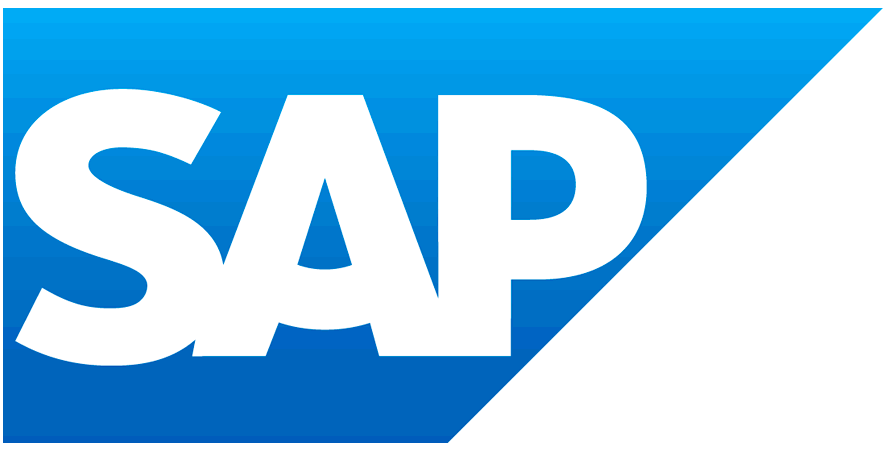How Can Technology Provide the Tools To Meet the Future Demands of Sustainable Supply Chains?
By Christine Horton
Originally published on ERP Today
Sorting out Scope 3 emissions
Tackling Scope 3 emissions, which include all indirect emissions that occur in a company’s value chain, can be one of the biggest challenges for any organisation. Anita Varshney, global VP, strategy SAP S/4HANA sustainability, says customers increasingly want to collaborate on bringing greater transparency to Scope 3 greenhouse gas (GHG) emissions.
“Our goal is to support our customers’ climate ambitions by looking at data availability and quality, allowing them to share and exchange this data in a trusted way with their ecosystem, across their value chains.
“We are progressively shaping our Carbon Data Networks strategy, bringing together programmes which aim to harmonise emissions requirements across a range of bodies and groups, including the automotive alliance Catena-X, WBCSD, GBA, the CEO Alliance and more, to align strategic directions, collaborate on industry best practice, and provide guidance to drive a joint approach to define and share data.”
Trust in data
Underpinning all the tools and technologies – and key to ensuring an optimised and sustainable supply chain – remains clean and reliable data. This means deploying an end-to-end ERP system is crucial.
Additionally, an ERP system can reduce the data footprint of a supply chain, driving sustainability benefits from both a risk and energy consumption perspective due to reduced carbon emissions from running servers.



